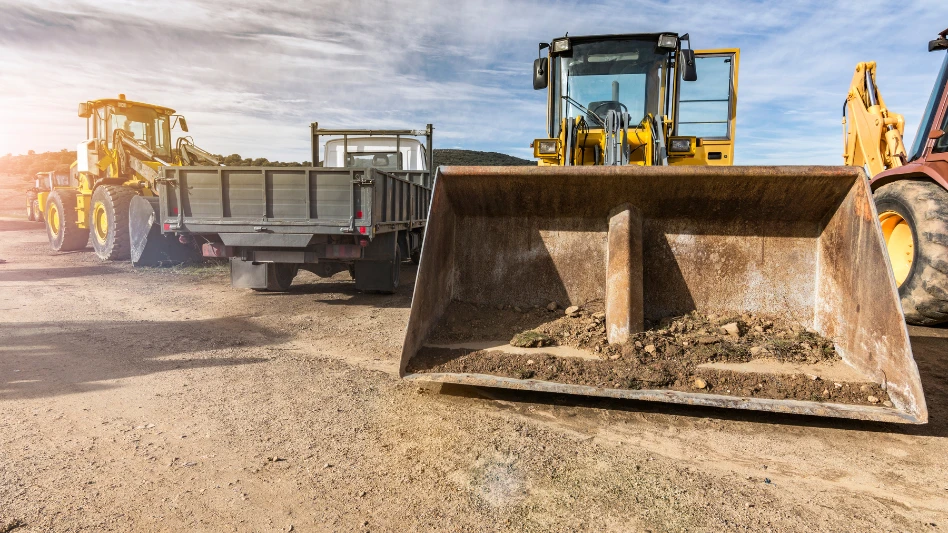 Warmth, shelter, food and water are the basic criteria for any wildlife habitat.It’s the perfect opportunity; landscape contractors are seeking additional revenue sources and ways to differentiate their business while homeowners are looking for ways to improve their property values and elevate their enjoyment of their backyards. This and attention generated from the sustainable movement has created an increased interest in attracting wildlife to landscapes, especially butterflies and hummingbirds. Having the knowledge to create and install these specialized gardens will help you set your company apart from the competition.
Warmth, shelter, food and water are the basic criteria for any wildlife habitat.It’s the perfect opportunity; landscape contractors are seeking additional revenue sources and ways to differentiate their business while homeowners are looking for ways to improve their property values and elevate their enjoyment of their backyards. This and attention generated from the sustainable movement has created an increased interest in attracting wildlife to landscapes, especially butterflies and hummingbirds. Having the knowledge to create and install these specialized gardens will help you set your company apart from the competition.
As for any wildlife habitat, the basic criteria that need to be met are warmth, shelter, food and water. A butterfly or hummingbird garden needs to have at least five to six hours of sun a day. Butterflies are cold-blooded and like to warm themselves in the sun, but be cautious to locate the garden in an area that is out of the wind. They are small creatures and will not feed in an area where they have to fight the wind. Butterfly houses can be placed in the garden, but incorporating some shrubs such as Hibiscus (Rose of Sharon) or Itea (sweetspire) in the approximate area will provide adequate shelter, too. Be sure to include small rocks in the garden so they have a place to rest.
Hummingbirds are much less particular creatures. Not only can they hover motionless before a flower, they can dart backwards, up and down so quickly they seem to vanish from sight. They have an incredibly fast metabolic rate and must consume huge quantities of fuel. Ounce for ounce, hummingbirds require more calories than any other warm-blooded animal to both maintain their body temperature at about 105 degrees, and to fuel their extremely rapid movement (a hummingbird may beat its wings up to 75 times per second).
Hummingbirds have two major sources of food – flower nectar and tiny insects and spiders. Insects (which includes butterflies) cannot see the color red, but birds can, so hummingbirds are most drawn to orange, pink and red tubular flowers. Flowers with back-turned petals are also good sources of nectar for hummingbirds as insects cannot negotiate the turn to get into the flower. Likewise, flowers that droop or hang down are difficult for insects to enter. Hummingbirds are attracted to flowers such as: Agastache, Weigela, Salvia, Monarda, Calibrachoa, Penstemon, Cuphea, Fuchsia and Lantana.
Nectar is a prime food source for butterflies, so plant choice is critical. Butterflies prefer flowers that have short nectar tubes and that are purple, pink, white, yellow or blue. Good nectar plants for butterflies include: Bloomerang Syringa (lilac) – Proven Winners says this variety blooms longer than traditional lilac plants – Lavender, Gaura, Phlox, Asclepias (milkweed), Verbena, Dianthus, snapdragons, Lobularia and Petunias.
In addition to the new generation of butterflies from early summer, some butterflies emerge from pupa in early fall. They will seek a sheltered spot, such as a hollow tree or a vacant shed, in which to pass the colder months of the year in relative safety after flying around until late fall hunting for food sources. Be sure to include late season food sources such as Lo & Behold ‘Blue Chip’ – a dwarf variety of butterfly bush – Buddleia, Solidago (goldenrod) and Caryopteris in your planting design.
 With a little planning, you can add butterflies to your list of services.Don’t forget to provide larval host plants like verbenas, violets, hollyhocks or herbs such as dill, parsley or anise so the butterflies can lay eggs. These plants are also food sources for the ensuing caterpillars. Be certain to inform the property owners (and your own maintenance crews) that pesticide use needs to be restricted in wildlife plantings.
With a little planning, you can add butterflies to your list of services.Don’t forget to provide larval host plants like verbenas, violets, hollyhocks or herbs such as dill, parsley or anise so the butterflies can lay eggs. These plants are also food sources for the ensuing caterpillars. Be certain to inform the property owners (and your own maintenance crews) that pesticide use needs to be restricted in wildlife plantings.
Make sure to include a water source in your plans. It does not have to be anything fancy – butterflies actually prefer to drink from mud puddles because besides water, they also require the minerals and salt found in the mud. A shallow area where water can collect is all that is necessary. Hummingbirds also make use of birdbaths for water and a hummingbird feeder will add to available food sources.
It’s more important than ever to stand out from the crowd and the ability to install these specialty plantings will help you increase your business.
The author is a certified landscape professional, master certified nurseryman and landscape account manager for Four Star Greenhouse/Proven Winners in Carleton, Mich.

Explore the January 2010 Issue
Check out more from this issue and find your next story to read.
Latest from Lawn & Landscape
- Analysis of an entrepreneur
- Terra Nova's Sedum Conga Line variety wins Best of 2024 Perennial award
- Different ways to distribute
- Case's 580EV electric backhoe loader wins Good Design Award
- Davey Tree promotes Dan Herms to VP, GM of Davey Institute
- Caterpillar's Cheryl H. Johnson set for April retirement
- Registration open for sixth annual Lawn & Landscape Technology Conference
- 12 interview questions to help you hire winners





